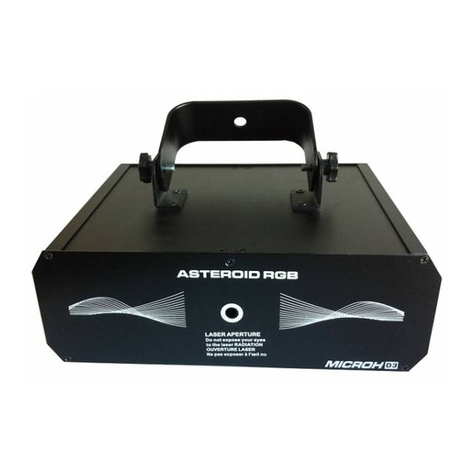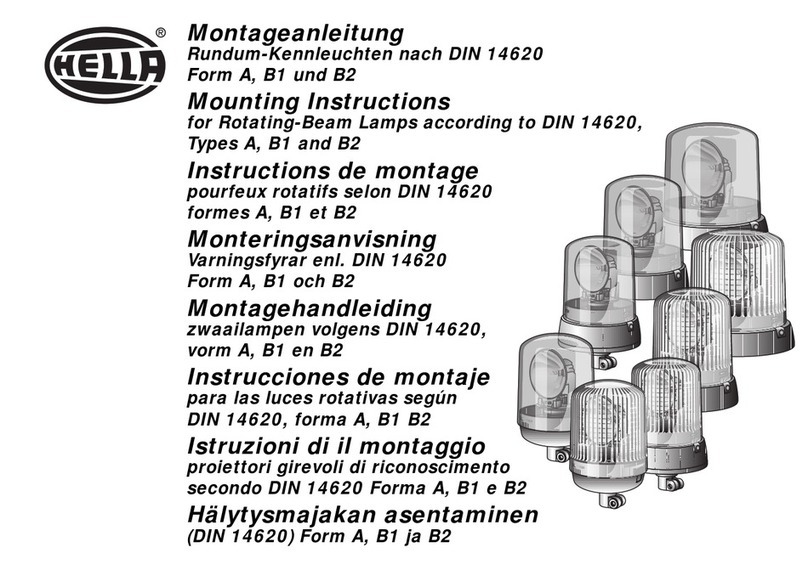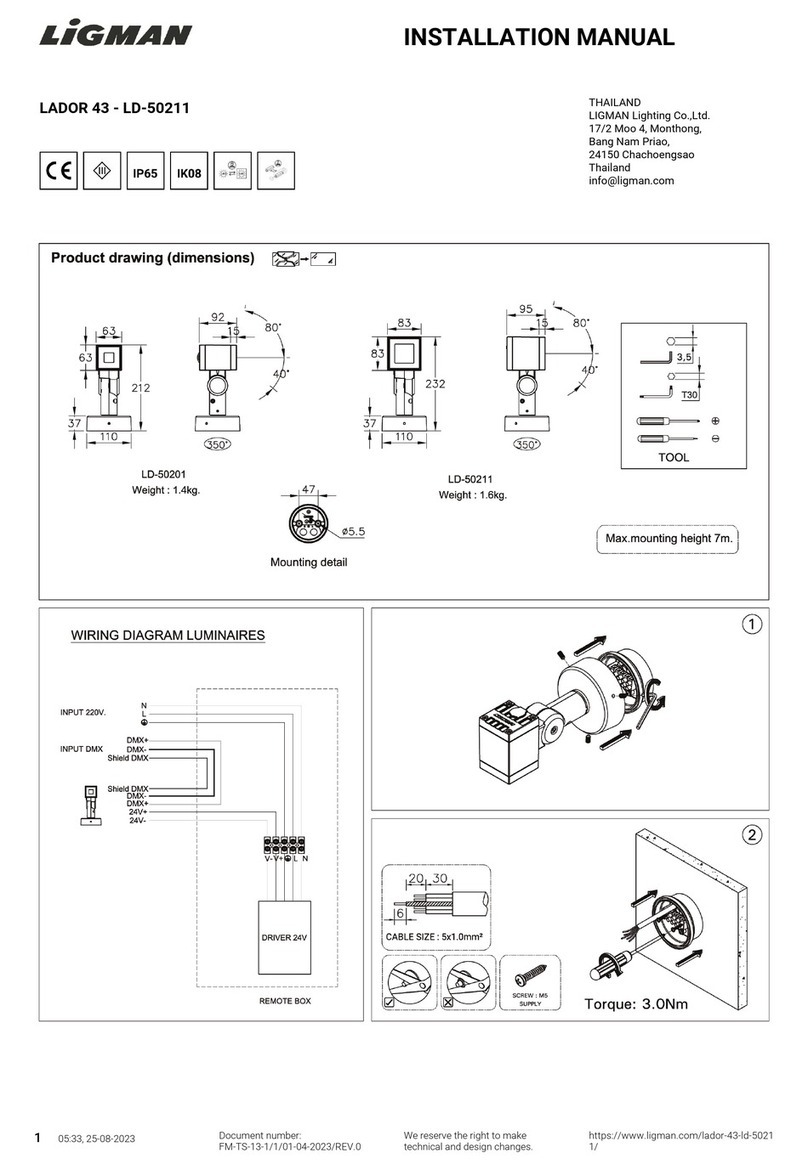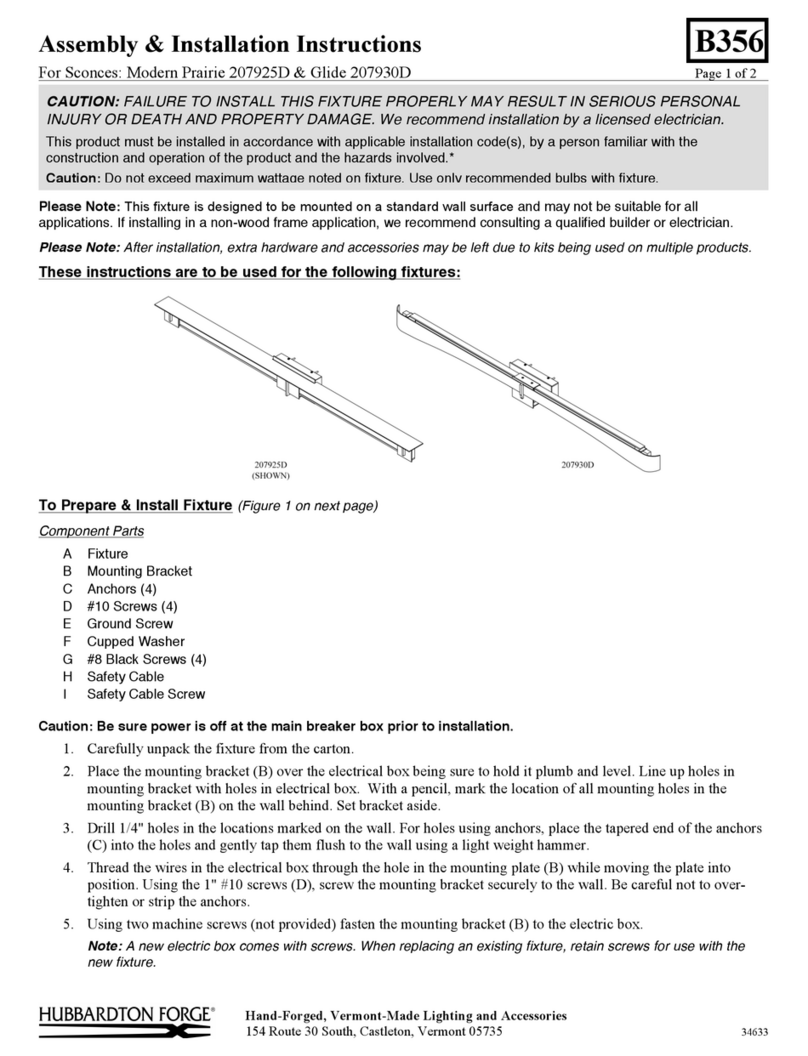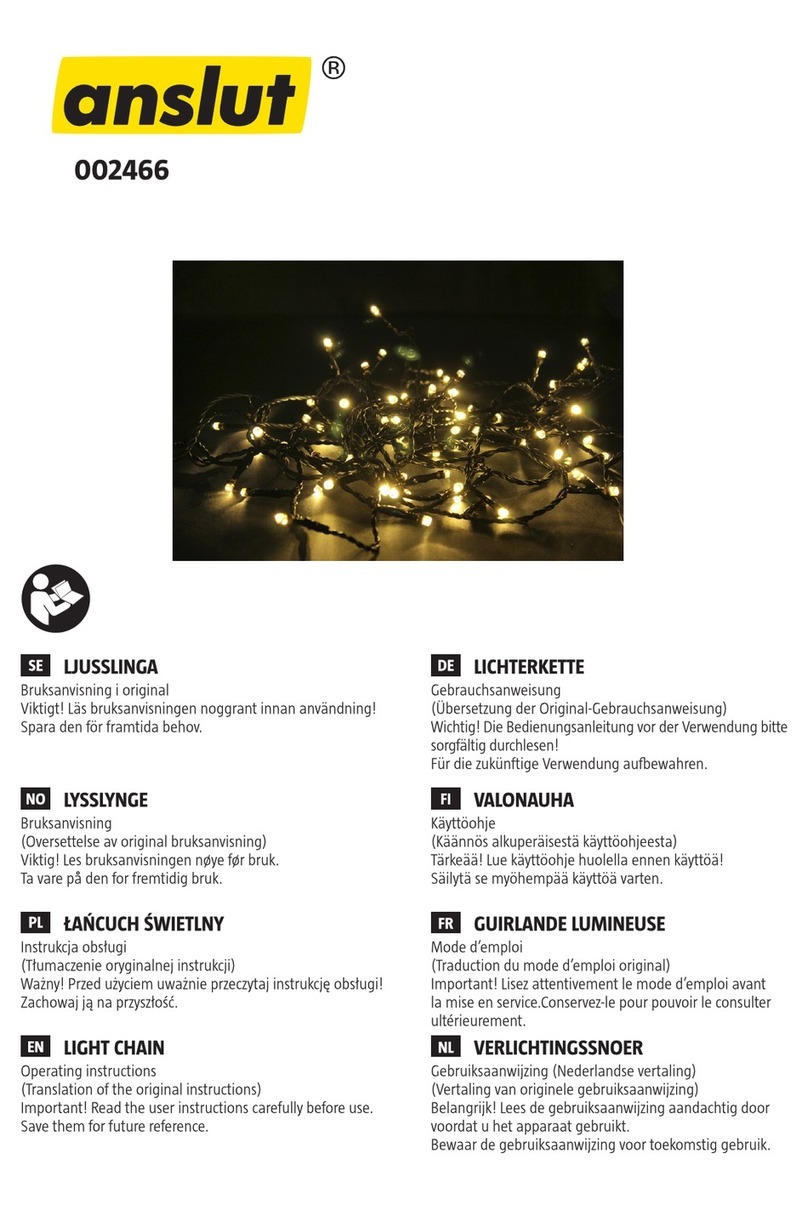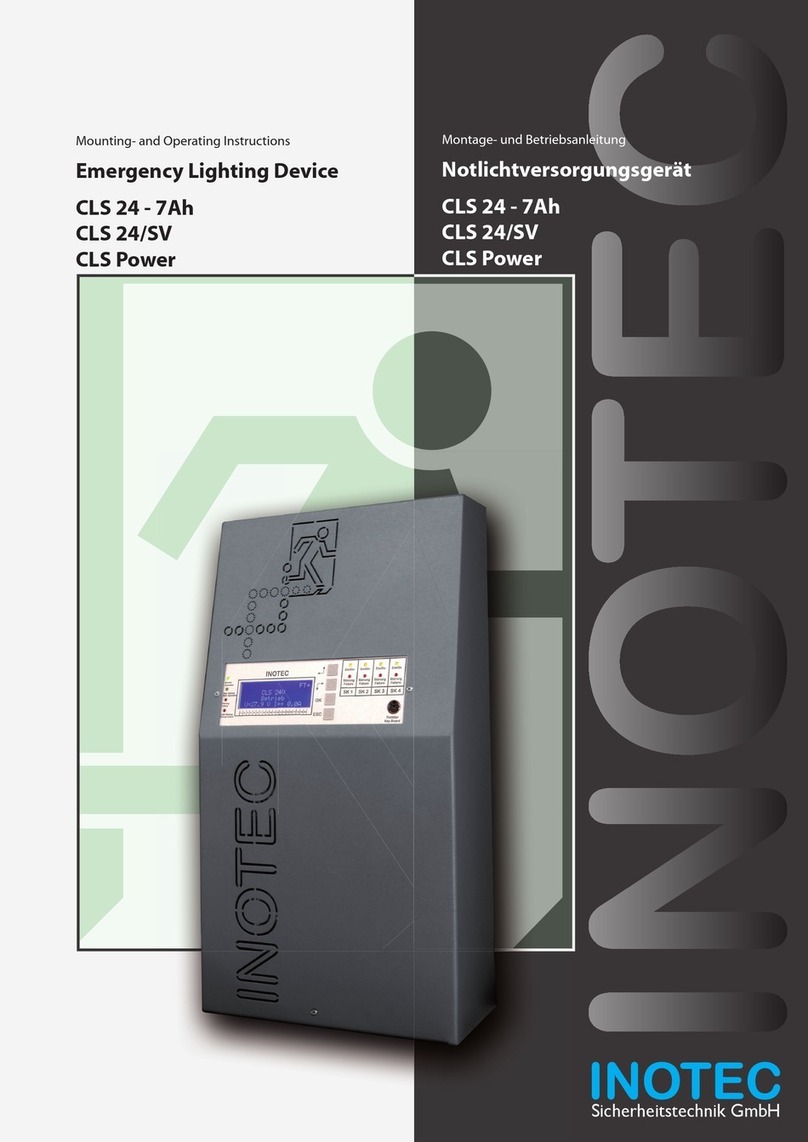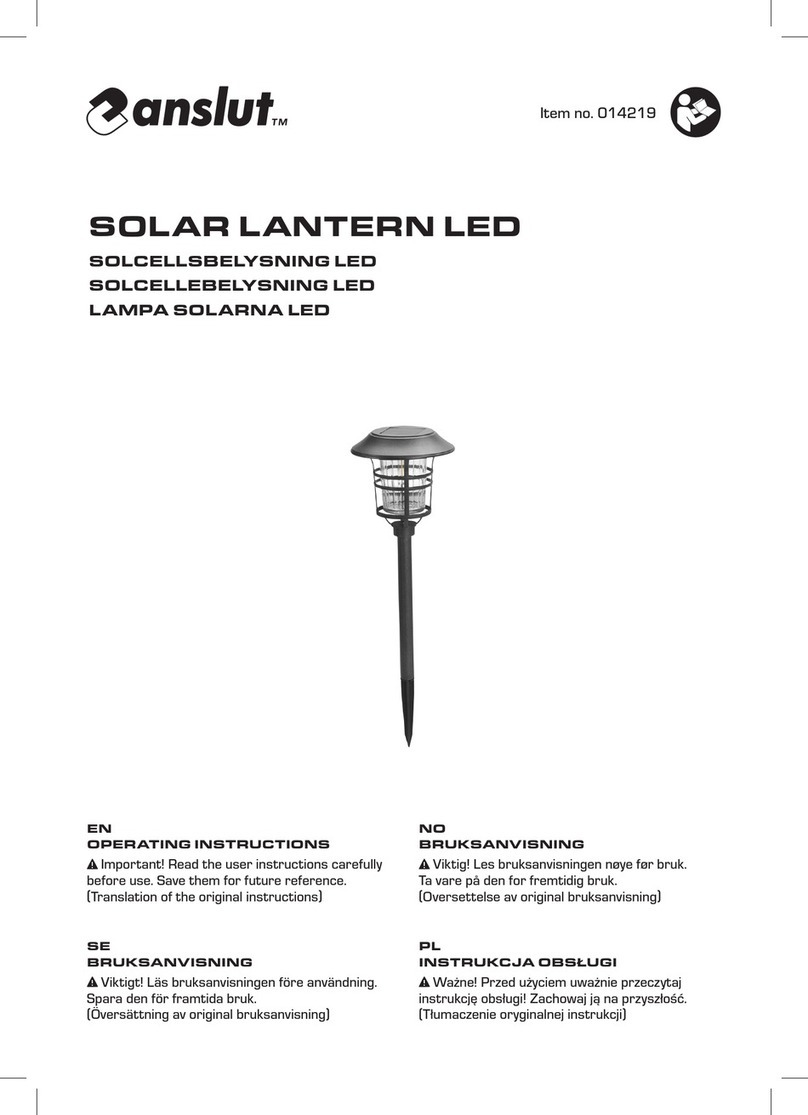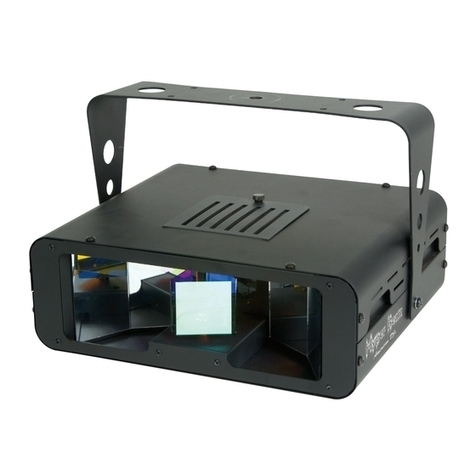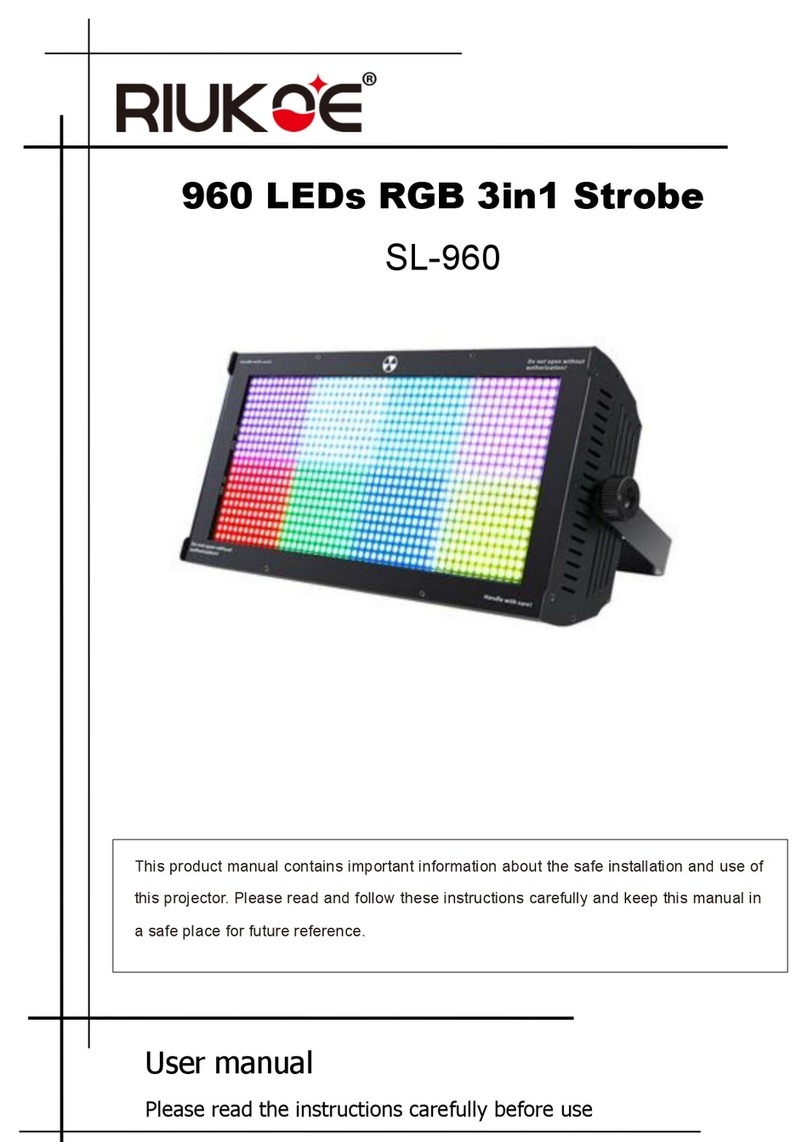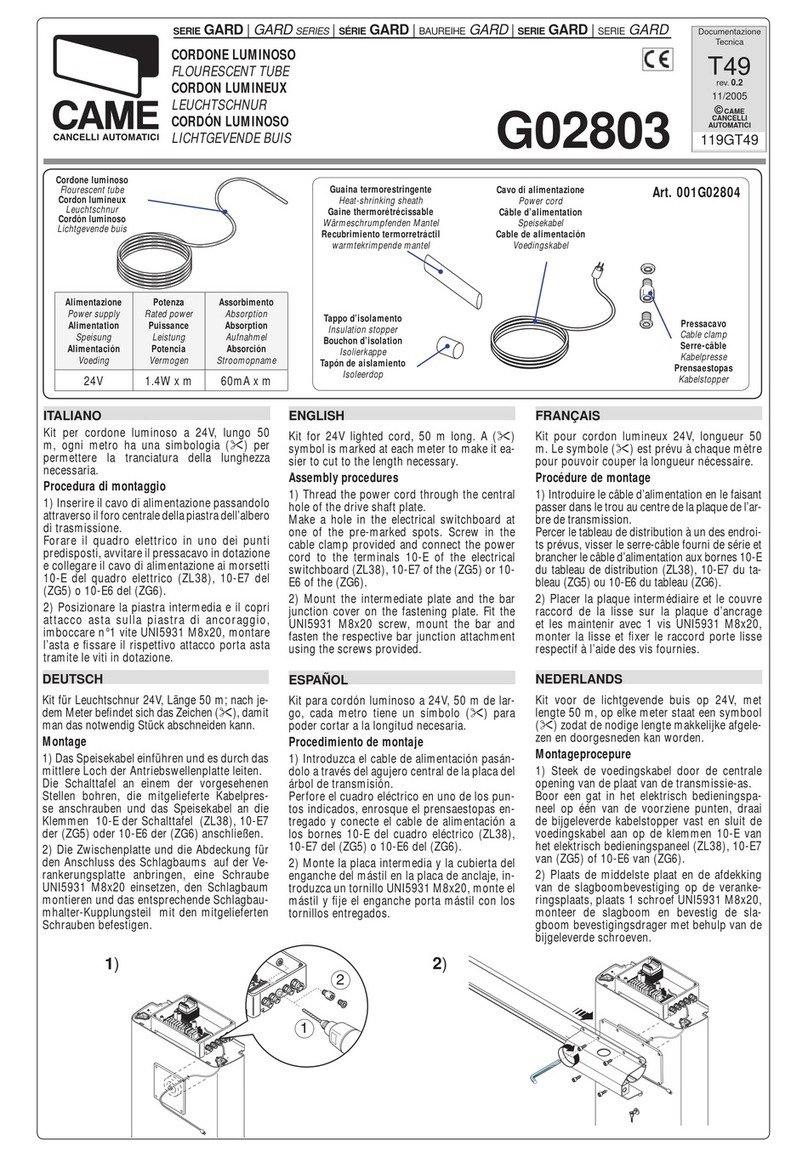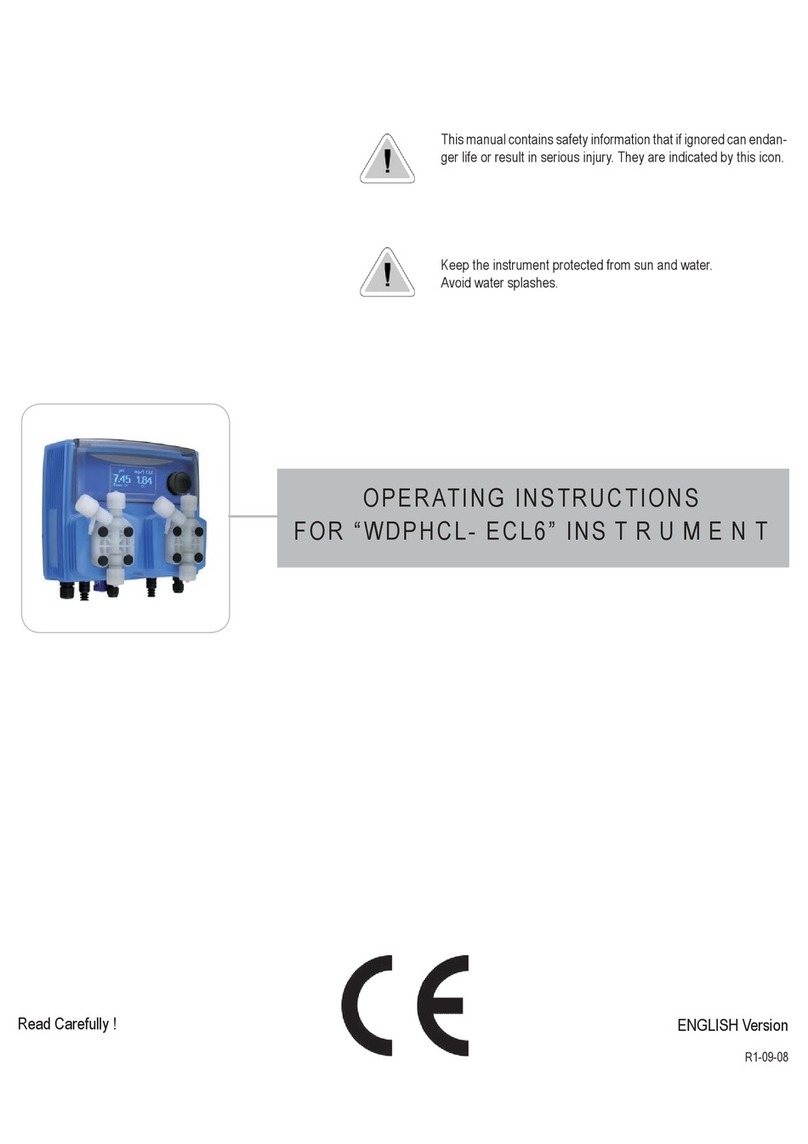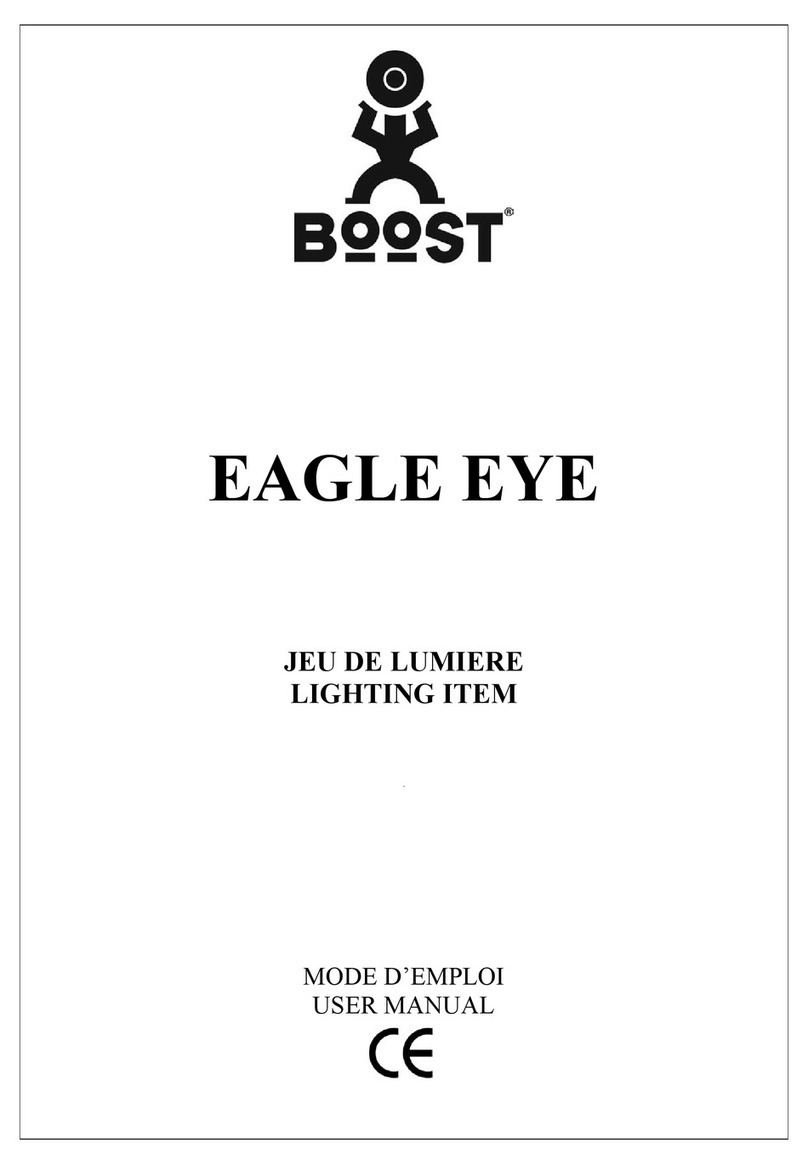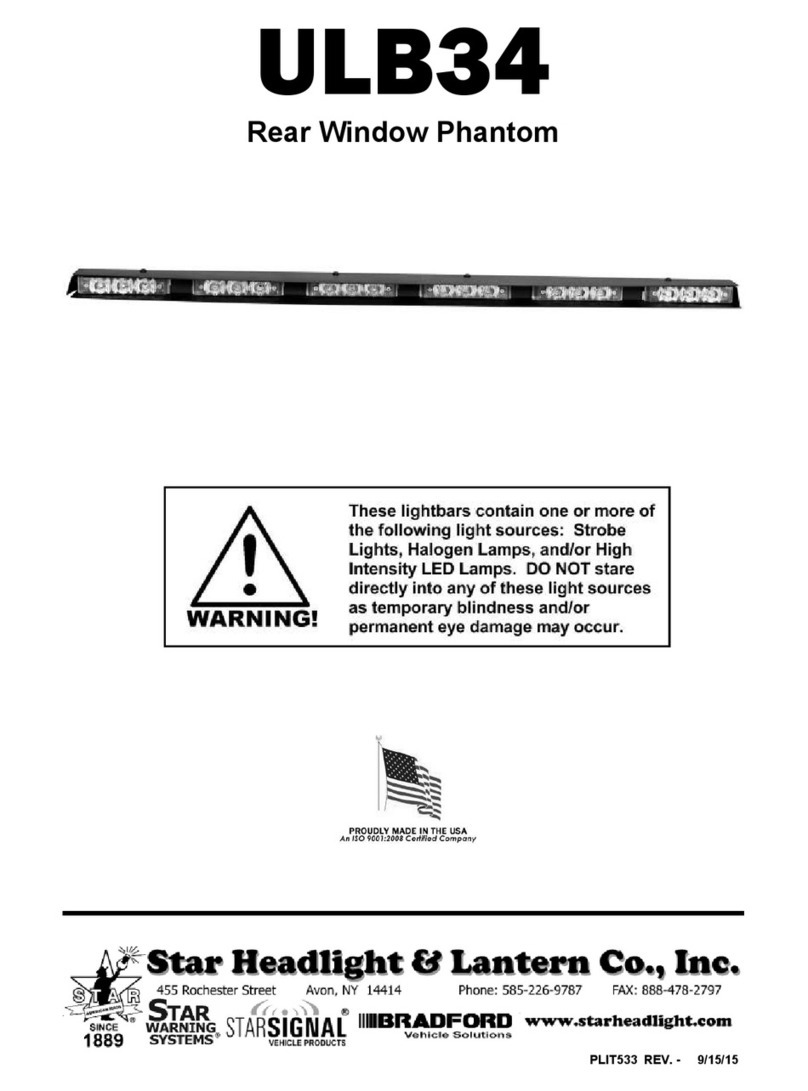Included in the box:
T1000 USB Light
USB charging cable
Li ion battery
Spare o-ring Sleeve
Wrist lanyard
Carrying case
WARNING: Tovatec USB lights are for underwater use ONLY. Read these instructions before use. Keep in a safe
location for future reference.
STOP: If for any reason your light fails or malfunctions, please review the trouble shooting guide at www.tovatec.com.
BEAM ANGLE
The USB lights come in either a wide 120-degree beam angle OR a spot light with a 12- degree beam angle. Please refer
to table below for specifications on each light.
“MULTI-MODE” COLOR CHARGE INDICATION SWITCH
The T1000 USB lights feature a color charge indication switch with multiple modes. After every dive, wash thoroughly in
fresh running water to remove any iron sand as well as dirt and salt. Do not drop or place the flashlight on sand or dirt,
since iron sand may stick or go into switch section.
The lights work at 100%, 50%, and SOS. Push button and release to move between modes. NOTE:. Hold button for 6
seconds to turn off light without running through all light modes.
BATTERY INDICATOR
These lights feature a battery indicator that is green at full power, yellow at half power and red when the battery power is
low. It will flash red before shutting off.
O-RING CARE
Inspect O-ring sleeve to be sure it is clean and free of dust, debris, hair, sand, etc. before using underwater. Lightly
lubricate O-ring sleeve with silicone grease prior to use and maintain lubrication at all times.
RECHEARGEABLE BATTERIES
The burn-time of rechargeable batteries varies.
Burn-time is affected by:
(A) -Operating temperature –Do not use at highly elevated temperatures for extended periods of time.
(B) - Storage temperature –Store in a cool and dry place at room temperature (20-25° Celsius/ 68-77° Fahrenheit).
(C) -Time period the light was out of use. For extended storage, discharge a lithium-ion battery to about 40 percent (or
approximately 1 hour on a fullycharged battery) and store it in a cool, dryplace. Warning: always take batteries out of light
when storing longer than 30 days.
(D) -Avoid completely discharging lithium ion batteries –Battery experts suggest that after 30 charges, you should allow
lithium-ion batteries to almost completely discharge. Continuous partial discharges create a condition called digital
memory, decreasing the accuracy of the device's power gauge. So let the battery discharge to the cut-off point and then
recharge. The power gauge will be recalibrated. For safety reasons, do not recharge deeply discharged lithium-ion
batteries if they have been stored in that condition for several months
(E) -Use of used/low quality rechargeable batteries.
